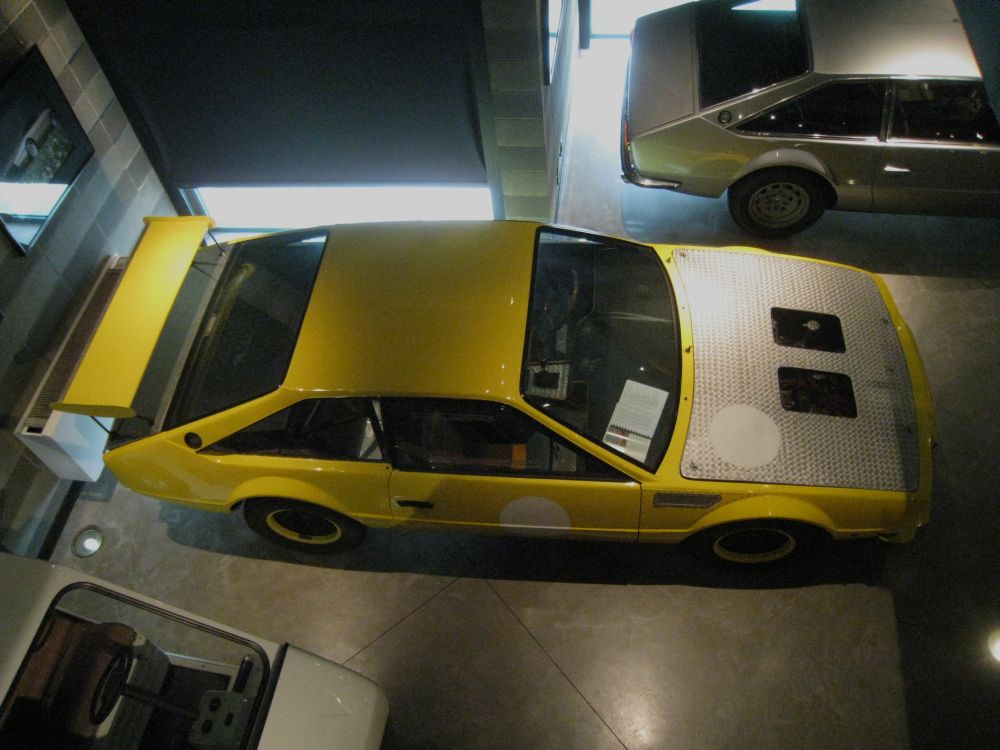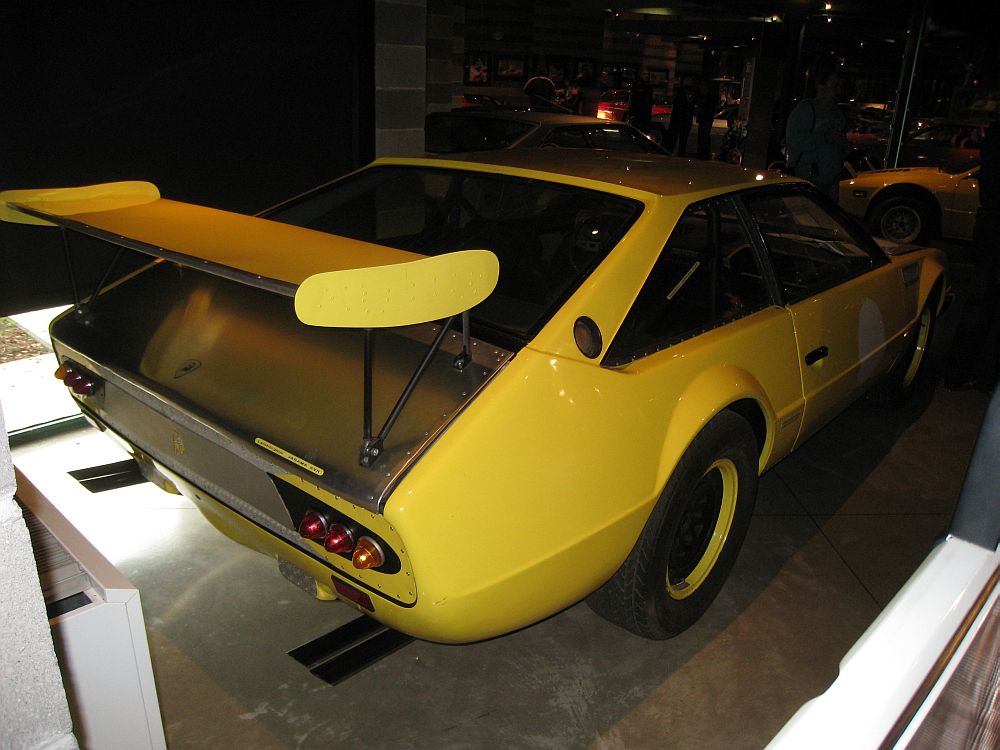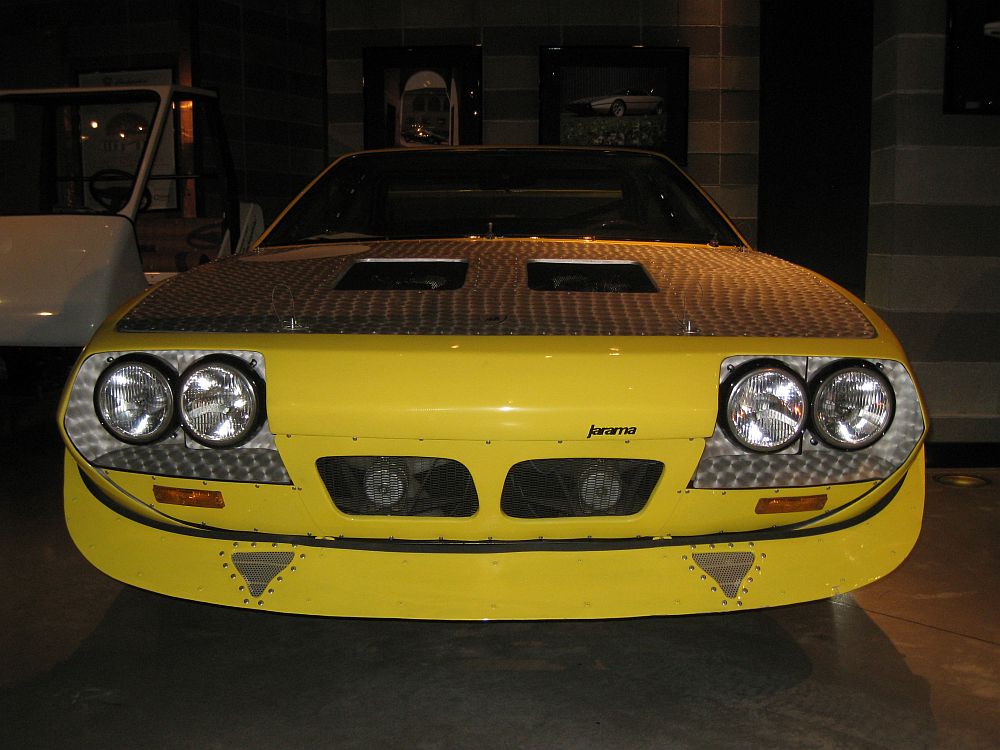Description
The Lamborghini Jarama SVR was a unique, factory-built prototype that pushed the limits of the Jarama grand tourer into the realm of pure performance. Created in 1973, it was conceived as an experimental evolution of the Jarama S—an attempt by Lamborghini to explore the idea of a more aggressive, track-oriented version of its front-engined V12 platform. With radical bodywork, reduced weight, and racing-inspired modifications, the Jarama SVR stood apart as one of the rarest and most distinctive one-offs in Lamborghini’s early history—a car that combined the refinement of a grand tourer with the visceral intensity of a competition machine.
By the early 1970s, Lamborghini was at a turning point. The Miura had established the company as a maker of exotic mid-engined supercars, but Ferruccio Lamborghini remained committed to the philosophy of the grand touring automobile—powerful, luxurious, and usable. The Jarama represented the pinnacle of that tradition, but as the market shifted toward more extroverted, race-inspired designs, Lamborghini’s engineers began experimenting with ways to make the front-engined GT more dynamic and visually dramatic. The result was the Jarama SVR (for “Super Veloce Racing”), a one-off built by the factory’s special projects division.
Mechanically, the SVR was based on the Jarama S 400 GT, powered by the same 3,929 cc all-aluminium V12 engine designed by Giotto Bizzarrini and refined by Lamborghini’s engineers. This legendary powerplant featured four overhead camshafts and six twin-choke Weber carburetors, producing around 365 horsepower at 7,500 rpm in standard form. In the SVR, tuning modifications reportedly lifted output closer to 380 horsepower, accompanied by a freer-flowing exhaust system and revised carburetor jetting for sharper throttle response. Power was sent to the rear wheels through Lamborghini’s five-speed gearbox and a limited-slip differential, giving the SVR strong acceleration and a top speed estimated at over 260 km/h (162 mph).
What truly set the Jarama SVR apart was its dramatic design transformation. The standard car’s elegant Bertone shape was reimagined with an aggressive, motorsport-inspired body kit. The bonnet gained large air vents to improve engine cooling, while the front end featured deep spoilers and integrated air intakes that gave the car a menacing, track-ready appearance. The wheel arches were widened and flared to house larger competition-style alloy wheels wrapped in wider tyres, improving grip and stance. Along the sides, subtle skirts smoothed airflow, while the rear was completely reworked with a sharply cut tail section incorporating a ducktail spoiler and exposed exhausts. The result was a car that looked more like a racing prototype than a luxury GT.
Weight reduction was also a key goal in the SVR’s construction. Non-essential components were stripped out, and the use of lighter materials—such as aluminium panels and simplified interior trim—helped reduce mass. Inside, the plush leather and wood of the standard Jarama gave way to a more purposeful cockpit with racing bucket seats, four-point harnesses, and a smaller, competition-style steering wheel. The dashboard retained its full instrumentation but was finished in matte black to reduce glare. These changes, combined with mechanical tuning, gave the SVR a sharper, more connected driving experience.
Performance testing of the Jarama SVR suggested it was significantly quicker and more responsive than the standard S. The reduced weight, improved aerodynamics, and revised suspension gave it better turn-in and stability at speed. The V12 engine, already one of the most refined in existence, gained a rawer, more immediate character. It could surge effortlessly from low revs but now had a racing-like ferocity as it climbed toward its redline. The car’s balance was transformed—it remained stable and predictable, but with a level of feedback and urgency that made it thrilling to drive.
The SVR remained a one-off, built as a prototype and show car rather than a production model. It was displayed briefly to gauge public and press reaction but was never intended for series manufacture. By the mid-1970s, Lamborghini’s focus had shifted fully toward its mid-engined platforms—the Countach had replaced the Miura as the company’s flagship, and the era of the front-engined V12 Lamborghini was drawing to a close. As a result, the Jarama SVR became a fascinating anomaly in the company’s history: a glimpse of what might have been if Lamborghini had pursued a dual strategy of GT and supercar development.
Over time, the SVR passed through private hands and survived as an important piece of Lamborghini heritage. It remains the only known example of its kind, its aggressive styling and performance focus making it one of the most distinctive prototypes ever built by the marque.
Today, the Lamborghini Jarama SVR is celebrated as a symbol of transition—a bridge between the elegance of Lamborghini’s early grand tourers and the raw performance of its later supercars. Its combination of luxury, power, and track-inspired aggression represents a unique chapter in the company’s evolution, when experimentation and craftsmanship still went hand in hand.
The Jarama SVR stands as a striking farewell to Lamborghini’s front-engined V12 tradition. It distilled the essence of the Jarama’s power and balance into a car that looked toward the future—a machine that blended refinement with unrestrained performance, and in doing so, left an indelible mark on Lamborghini’s long lineage of innovation and passion.



